Nendo's recycled designs for Paola Lenti are inspired by cherry blossoms
Paola Lenti and Nendo unveil 'Hana-arashi' a series of sustainable furnishings inspired by Japanese culture at Milan Design Week 2024
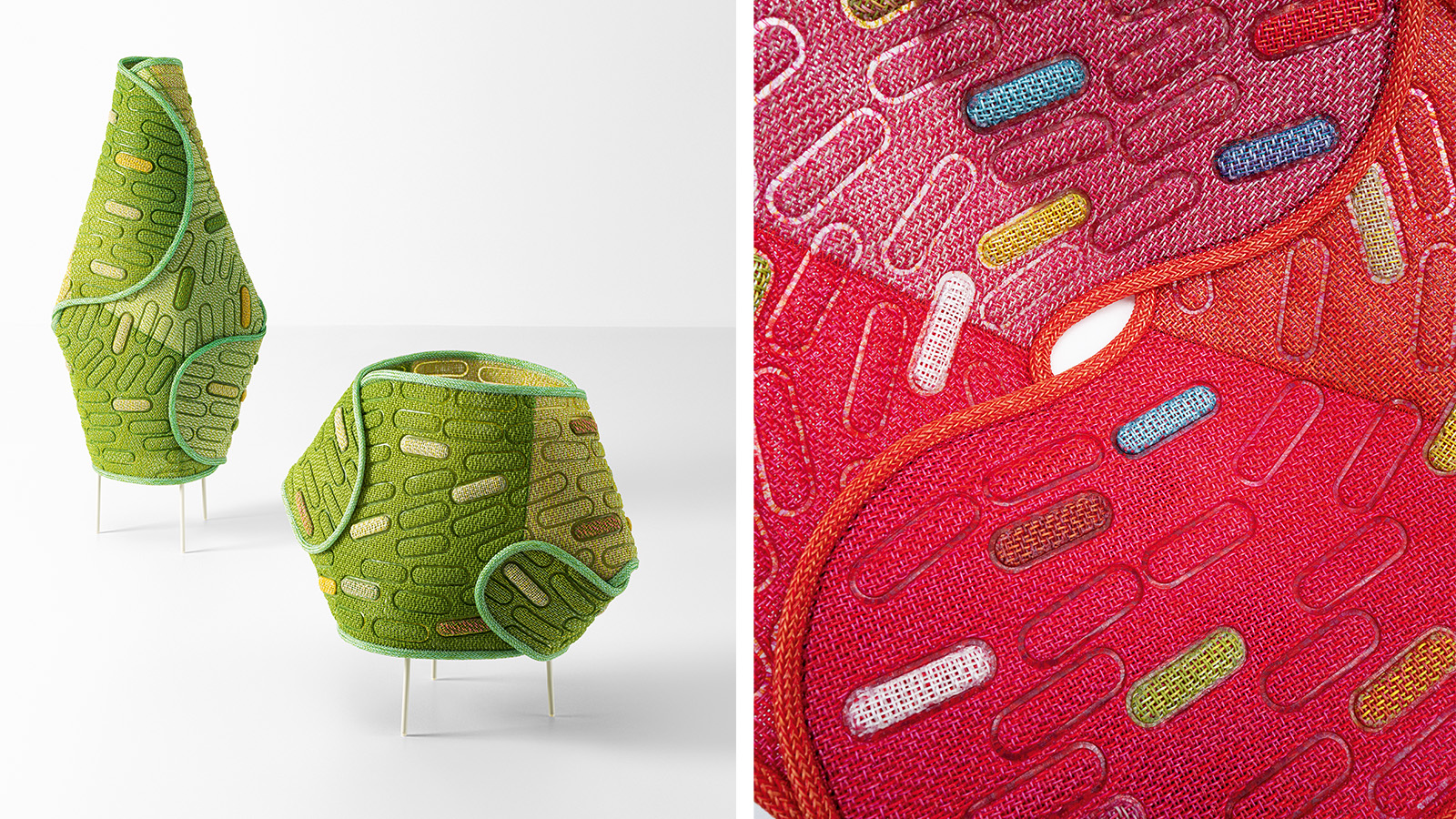
Paola Lenti is unstoppable in her mission to create a better world: the Italian furniture company has been improving its production with a mission to re-use and give another life to leftovers and discarded materials. During Milan Design Week 2024, the company unveils a new chapter of its journey, which started in 2022 through a collaboration with Estudio Campana.
This year, the brand presents Nendo'sMottainai project, based on the Japanese word meaning 'not to waste, use the resources you have available'. To create the Hana-arashi series of furnishings and complements, Sato played with the colourful offcuts referencing the organic forms of blossoming cherry trees, in honour of Japan's most beautiful yearly event, a breath-taking moment able to bring people together.
The collection has a strong connection to Japanese culture, not only in its reference to the cherry blossom trees but also because the forms of the pieces are informed by ancient samurai armours.
Paola Lenti and Nendo 'Hana-arashi' collection
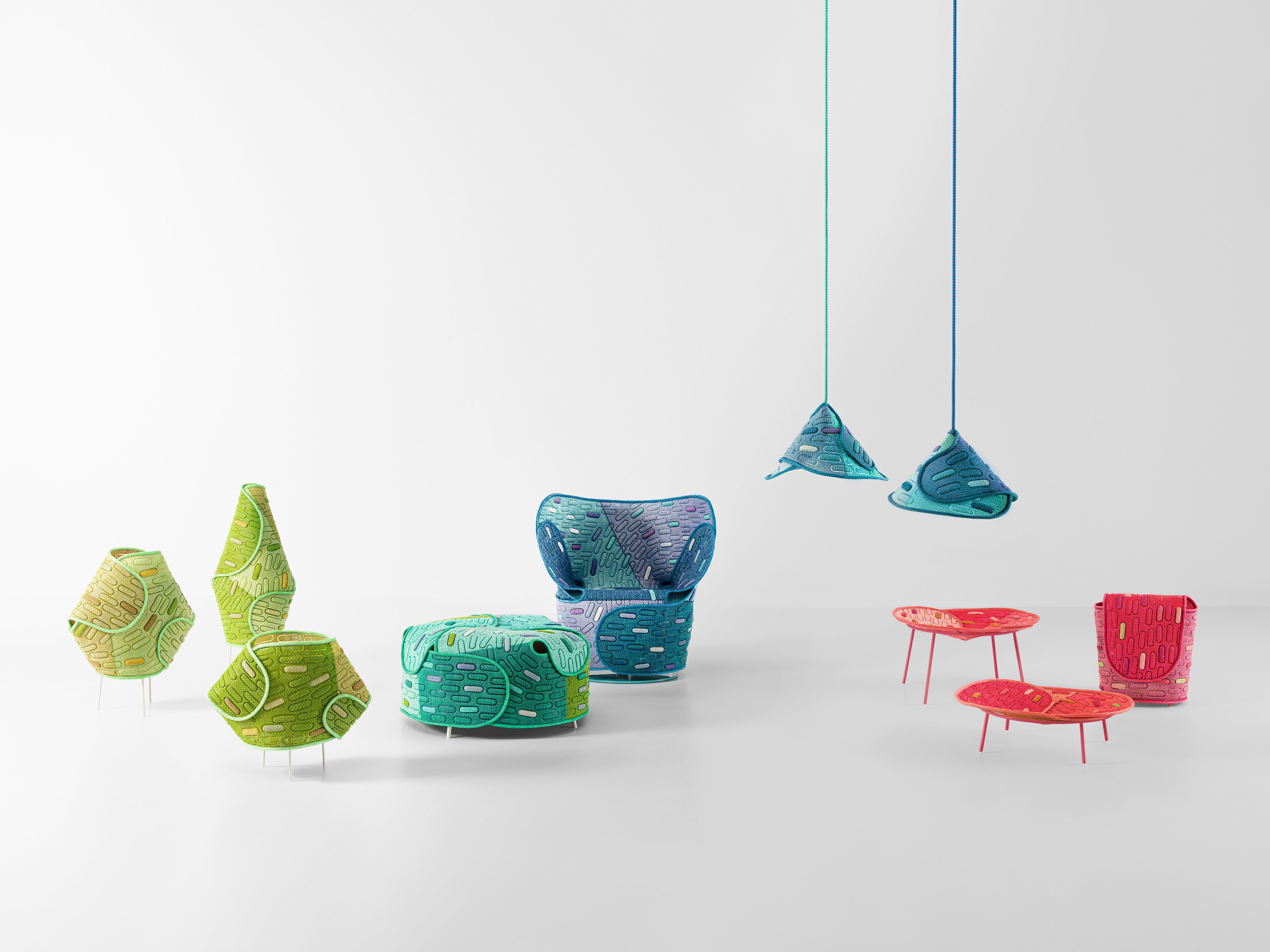
The petals that fall down the trees inspired the colourful cut-offs selected by the designer, who carefully combined them in different chromatic compositions, metaphorically referring to a second nature, a second flourishing.
'The starting point for the collection is the Maris mesh fabric, developed and produced exclusively by our company for outdoor collections,' says founder Paola Lenti. The recyclable, 100% polypropylene waterproof material is available in 180 colour hues, and benefits from a low fusion point. It can be overlapped and welded, avoiding the use of secondary materials such as sewing threads or adhesives. 'Further experimentation revealed that by tweaking the temperature and heating time, specific section of the fabric can be hardened to increase its strength, and allow light to pass through, thanks to alternating opacity and transparency.'
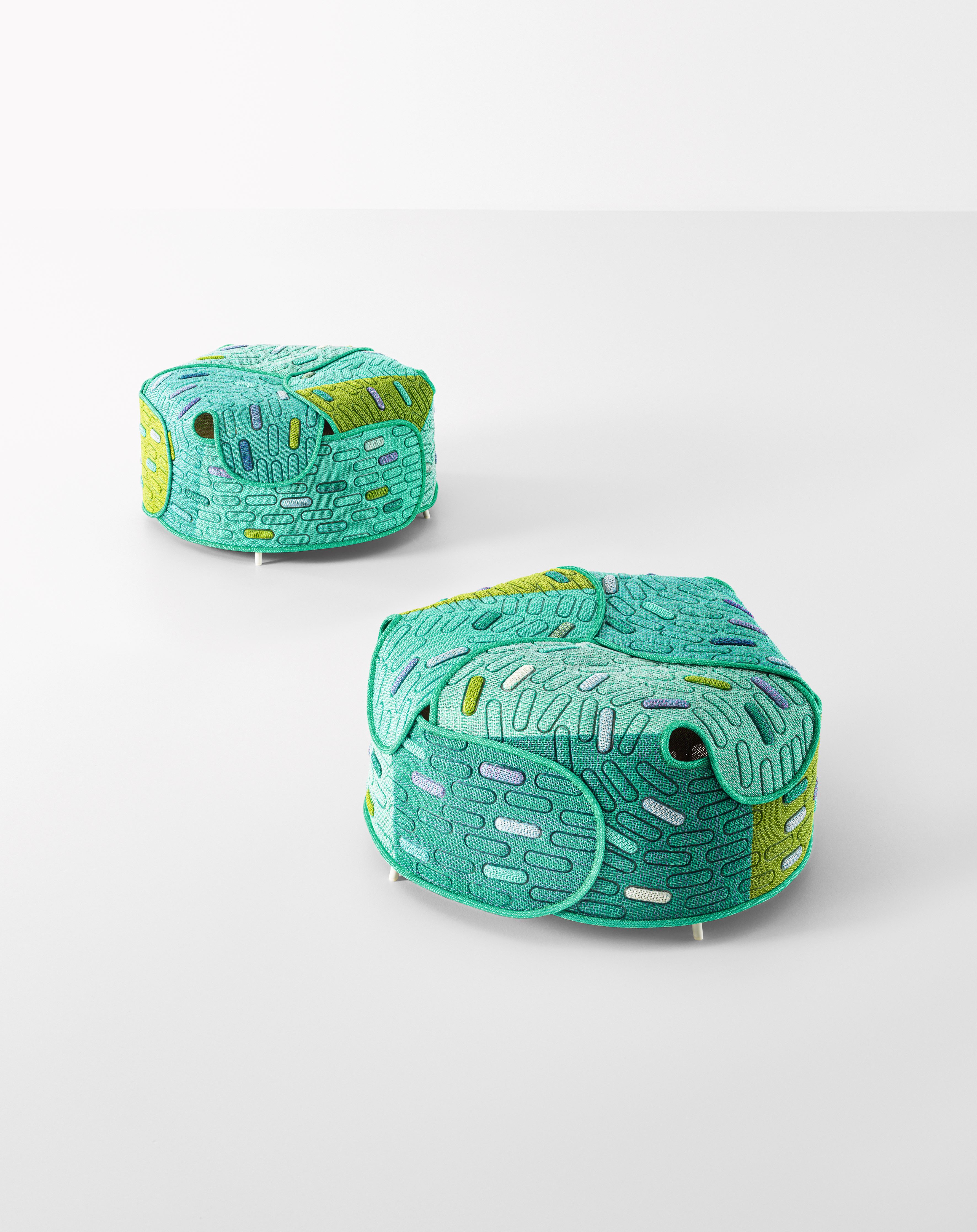
Reusing means ennobling materials, for which Nendo founder Oki Sato has a great respect. 'Usually, the briefs we receive from the brands and companies are based on their respective features and strengths. However, in our collaboration with Paola Lenti, the project started when we were shown a small piece of the material, rather than a brief to design a specific item or use a technology. It was a piece of polypropylene mesh material that they used in their outdoor furniture,' recalls Sato.
'They also showed me a sheet of material that is rigid and marbled in colour. Seeing this piece of soft, textured, flexible material side by side with hard, strong sheet material, I had the feeling that there were countless 'in-betweens' of the two features of this material. And I still vividly remember how excited I was that it would surely be an interesting project.'
Receive our daily digest of inspiration, escapism and design stories from around the world direct to your inbox.

Lenti adds: 'Starting from unique fabric remnants with curvilinear form, Nendo has carefully shaped them by folding and wrapping them on themselves to create products featuring high aesthetic and design value: it is indeed the nature of the material, mouldable and strong at the same time, to determine the form of the object – lamps, poufs, side tables, an armchair, and baskets – without compromising the delicate texture of the fabric and its recyclability.'
It is well known that Sato loves to investigate different 'trial and error' (also the title of a 2012 exhibition) before taking the decision to commit to a specific project. '[After] getting back to my studio in Tokyo, I repeated experiments with the material in different ways, like boiling it in hot water, baking it in an oven or frying pan, and ironing it,' he explains. 'Through this dialogue with the material, a technique was found, whereby the necessary strength and soft texture were retained by applying the right amount of pressure and heat, just like a panini. Eventually, dedicated equipment was also developed to produce this collection, and we feel that this unique process is what makes this project so fascinating.'
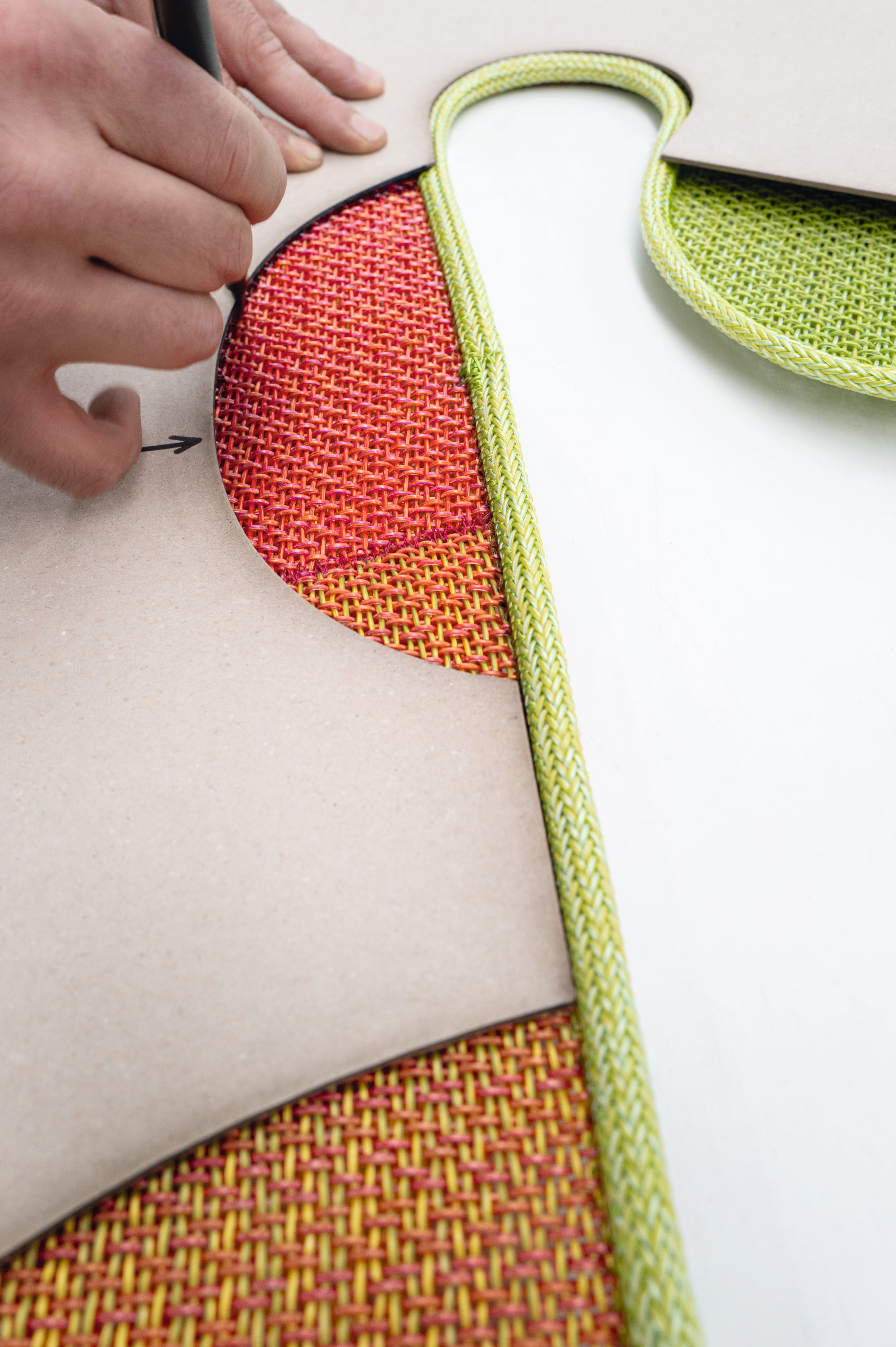
Sato was charmed by his collaboration with Paola Lenti: 'to simply use things over and over again, designers should be required to draw out new characters and values from the materials by recreating them. I feel that this will be one of the important qualities required of the designers of the future.'
The Nendo collaboration with Paola Lenti is on view from 15 to 21 April, as part of Milan Design Week 2024
Paola Lenti
Via Giovanni Bovio, 28
Milan

Maria Cristina Didero is an independent design curator, consultant and author, who has contributed to many publications over the years. Didero has consulted for companies such as Vitra, Fritz Hansen, Lexus, Fendi, Louis Vuitton, Valextra among others. Based in Milan, she works internationally, curating exhibitions for institutions: some of her most recent projects include Nendo: The Space in Between and The Conversation Show at the Holon Design Museum, Israel; FUN HOUSE by Snarkitecture at National Building Museum, Washington D.C.; SuperDesign a project about Italian radical design, NY; Vegan Design, or the Art of Reduction by Erez Nevi and The Fish and The Crowd by Carlo Massoud, Milan. In April 2022 she curated a Mathieu Lehanneur exhibition at the Triennale in Milan called The Inventory of Life, while in July she debuted a project at the MK&G in Hamburg titled Ask Me if I Believe in the Future, alongside a series of ongoing collaborations. She was appointed 2022 Curatorial Director of Design Miami/. She is currently preparing two projects for Milan Design Week 2023.
-
 Year in review: the shape of mobility to come in our list of the top 10 concept cars of 2025
Year in review: the shape of mobility to come in our list of the top 10 concept cars of 2025Concept cars remain hugely popular ways to stoke interest in innovation and future forms. Here are our ten best conceptual visions from 2025
-
 These Guadalajara architects mix modernism with traditional local materials and craft
These Guadalajara architects mix modernism with traditional local materials and craftGuadalajara architects Laura Barba and Luis Aurelio of Barbapiña Arquitectos design drawing on the past to imagine the future
-
 Robert Therrien's largest-ever museum show in Los Angeles is enduringly appealing
Robert Therrien's largest-ever museum show in Los Angeles is enduringly appealing'This is a Story' at The Broad unites 120 of Robert Therrien's sculptures, paintings and works on paper
-
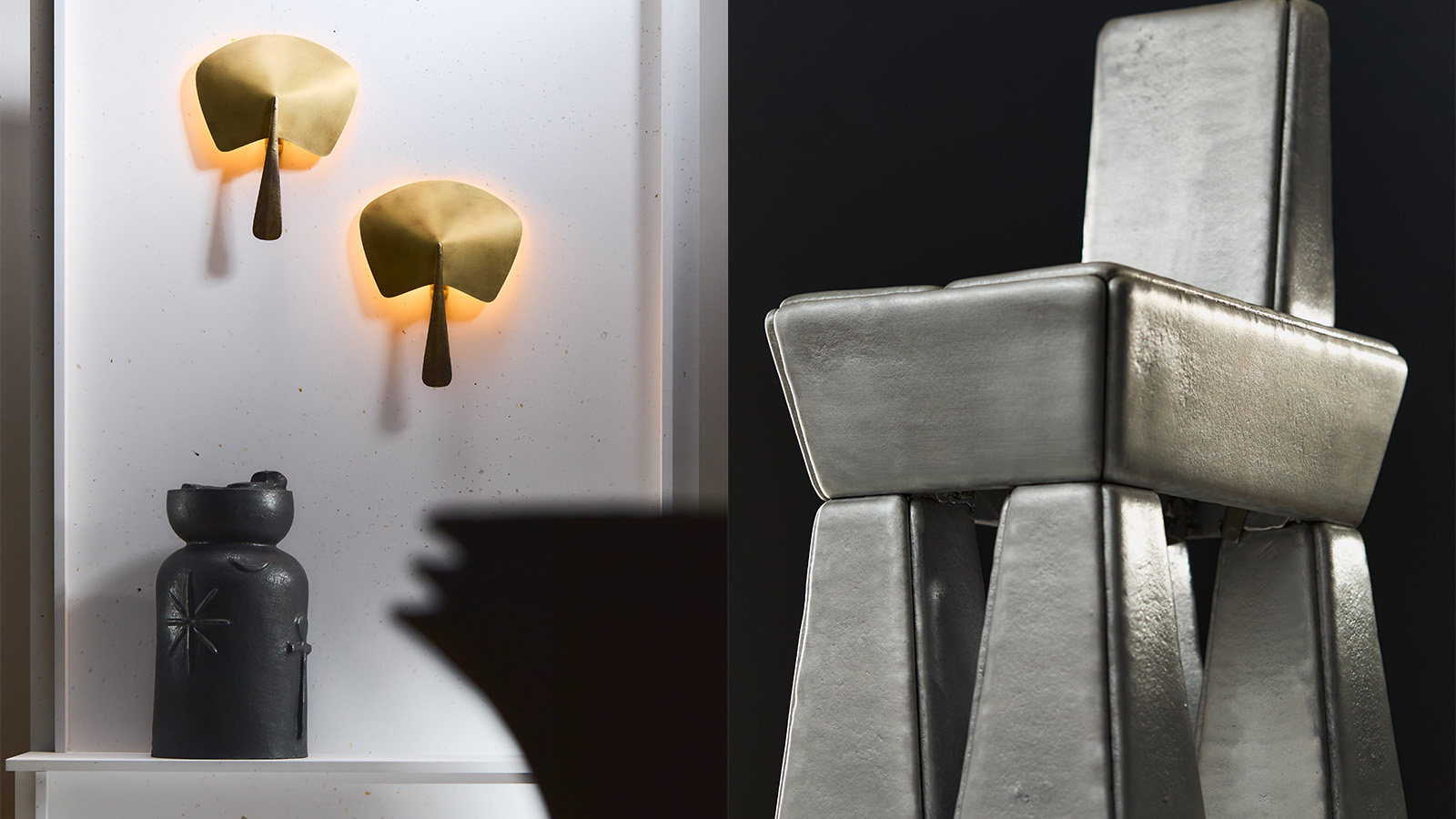 20 emerging designers shine in our ‘Material Alchemists’ film
20 emerging designers shine in our ‘Material Alchemists’ filmWallpaper’s ‘Material Alchemists’ exhibition during Milan Design Week 2025 spotlighted 20 emerging designers with a passion for transforming matter – see it now in our short film
-
 Delve into the Wallpaper* Design Directory 2025, on sale now
Delve into the Wallpaper* Design Directory 2025, on sale nowIn the July issue of Wallpaper*, find a photographic love letter to Milan Design Week, plus the best new furniture, lighting, kitchens, bathrooms and more
-
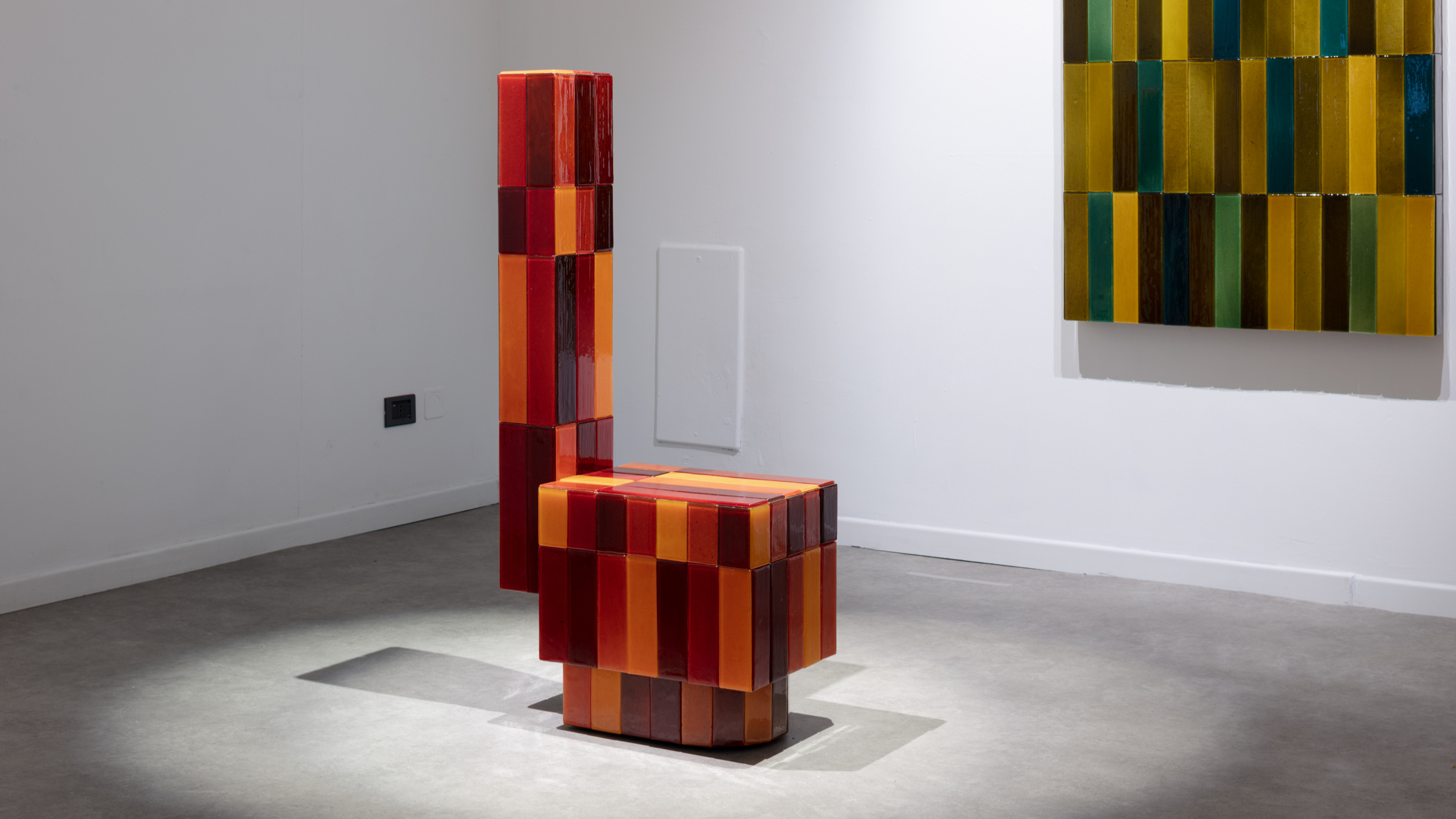 Tokyo design studio We+ transforms microalgae into colours
Tokyo design studio We+ transforms microalgae into coloursCould microalgae be the sustainable pigment of the future? A Japanese research project investigates
-
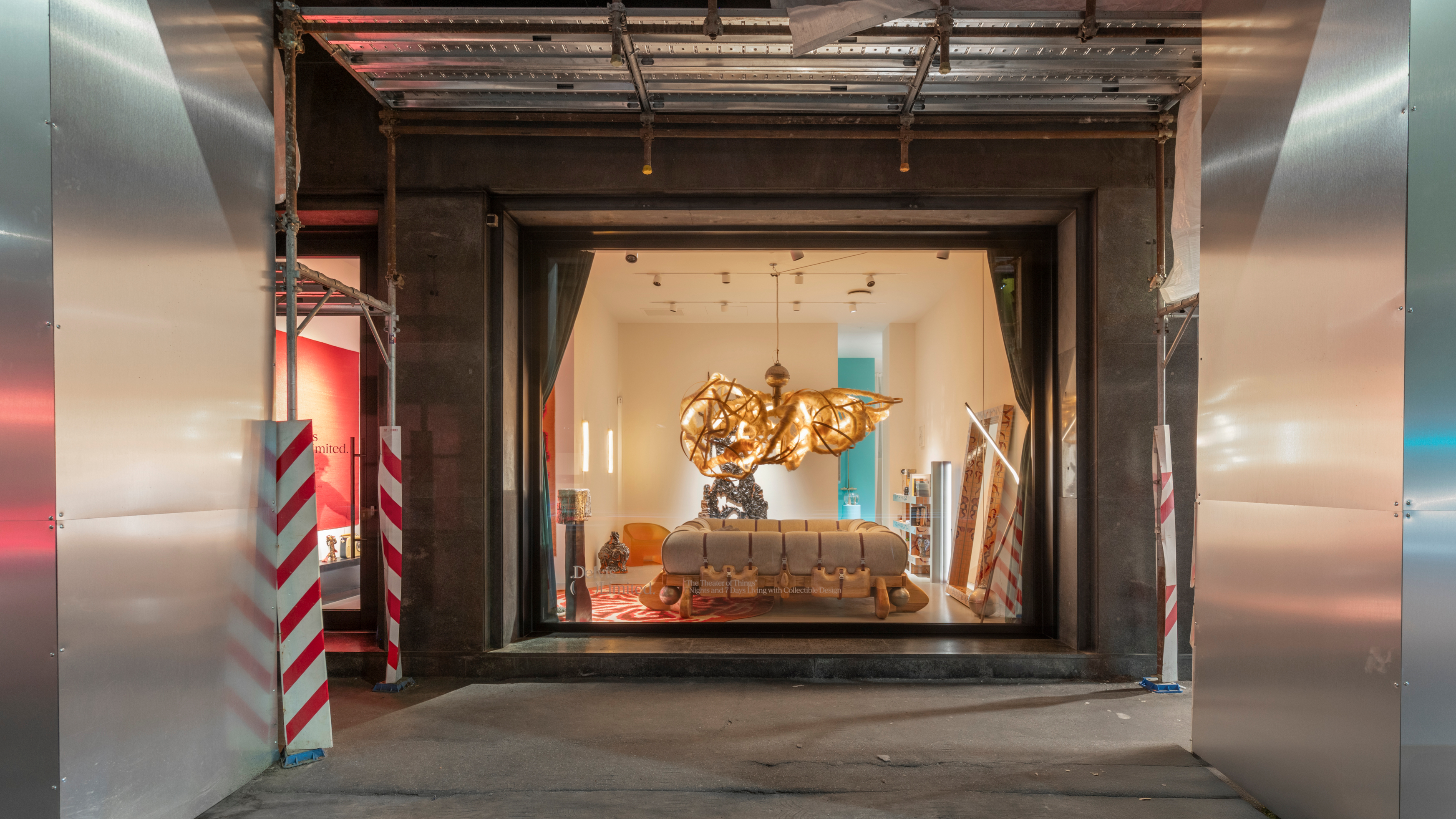 Delvis (Un)Limited turns a Brera shopfront into a live-in design installation
Delvis (Un)Limited turns a Brera shopfront into a live-in design installationWhat happens when collectible design becomes part of a live performance? The Theatre of Things, curated by Joseph Grima and Valentina Ciuffi, invited designers to live with their work – and let the public look in
-
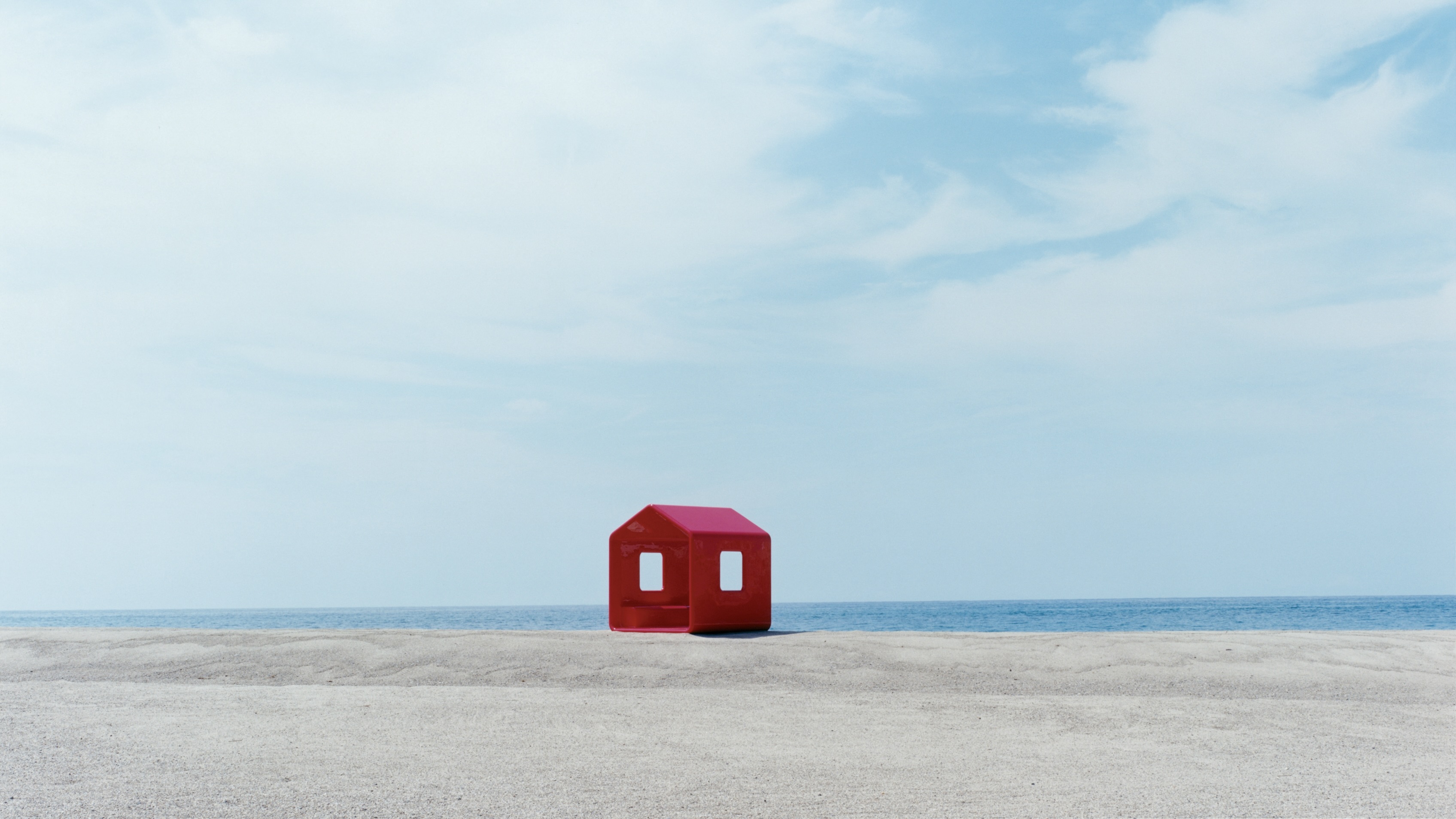 Naoto Fukasawa sparks children’s imaginations with play sculptures
Naoto Fukasawa sparks children’s imaginations with play sculpturesThe Japanese designer creates an intuitive series of bold play sculptures, designed to spark children’s desire to play without thinking
-
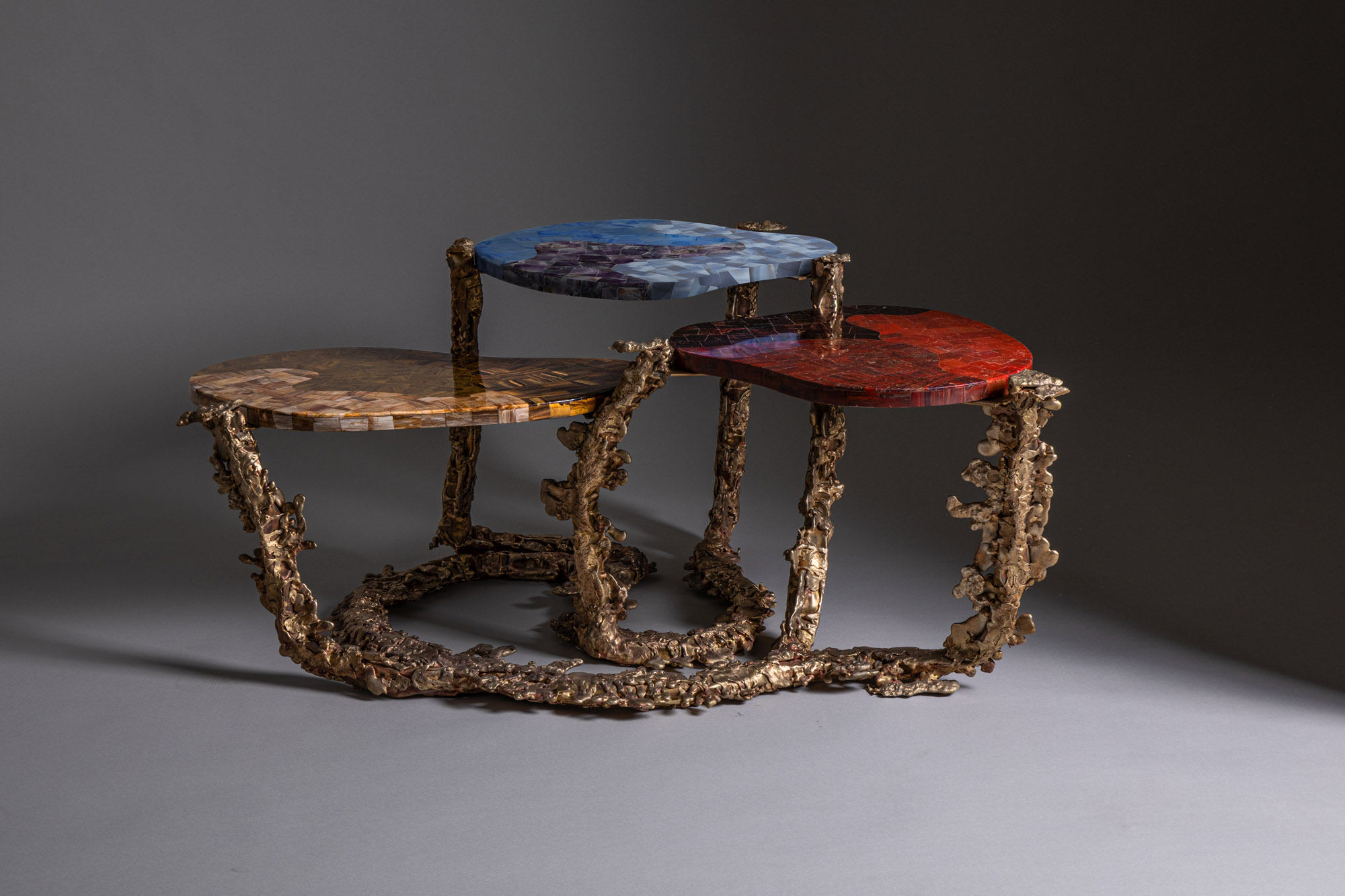 Inside the Shakti Design Residency, taking Indian craftsmanship to Alcova 2025
Inside the Shakti Design Residency, taking Indian craftsmanship to Alcova 2025The new initiative pairs emerging talents with some of India’s most prestigious ateliers, resulting in intricately crafted designs, as seen at Alcova 2025 in Milan
-
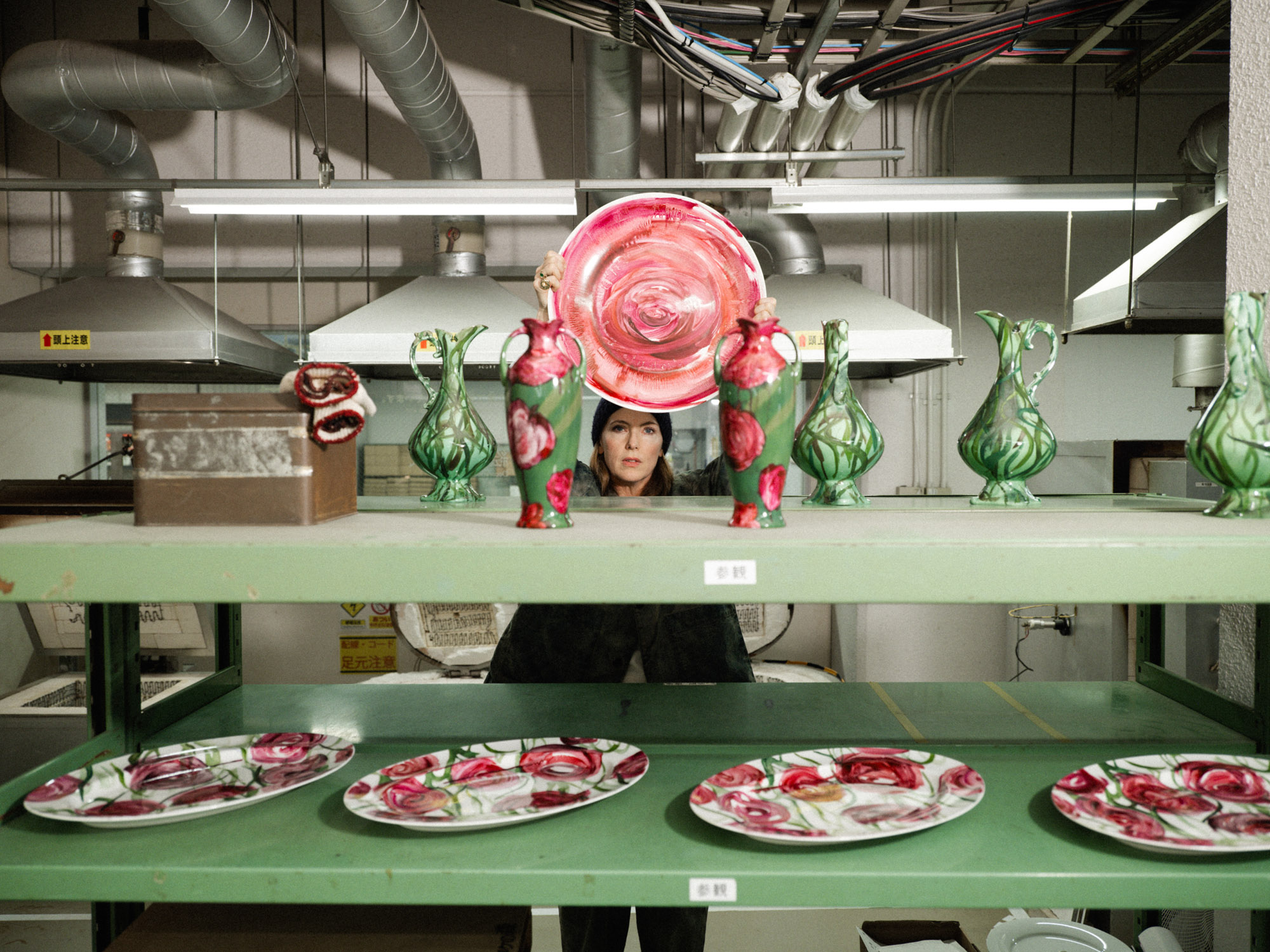 Faye Toogood comes up roses at Milan Design Week 2025
Faye Toogood comes up roses at Milan Design Week 2025Japanese ceramics specialist Noritake’s design collection blossoms with a bold floral series by Faye Toogood
-
 6:AM create a spellbinding Murano glass showcase in Milan’s abandoned public shower stalls
6:AM create a spellbinding Murano glass showcase in Milan’s abandoned public shower stallsWith its first solo exhibition, ‘Two-Fold Silence’, 6:AM unveils an enchanting Murano glass installation beneath Piscina Cozzi